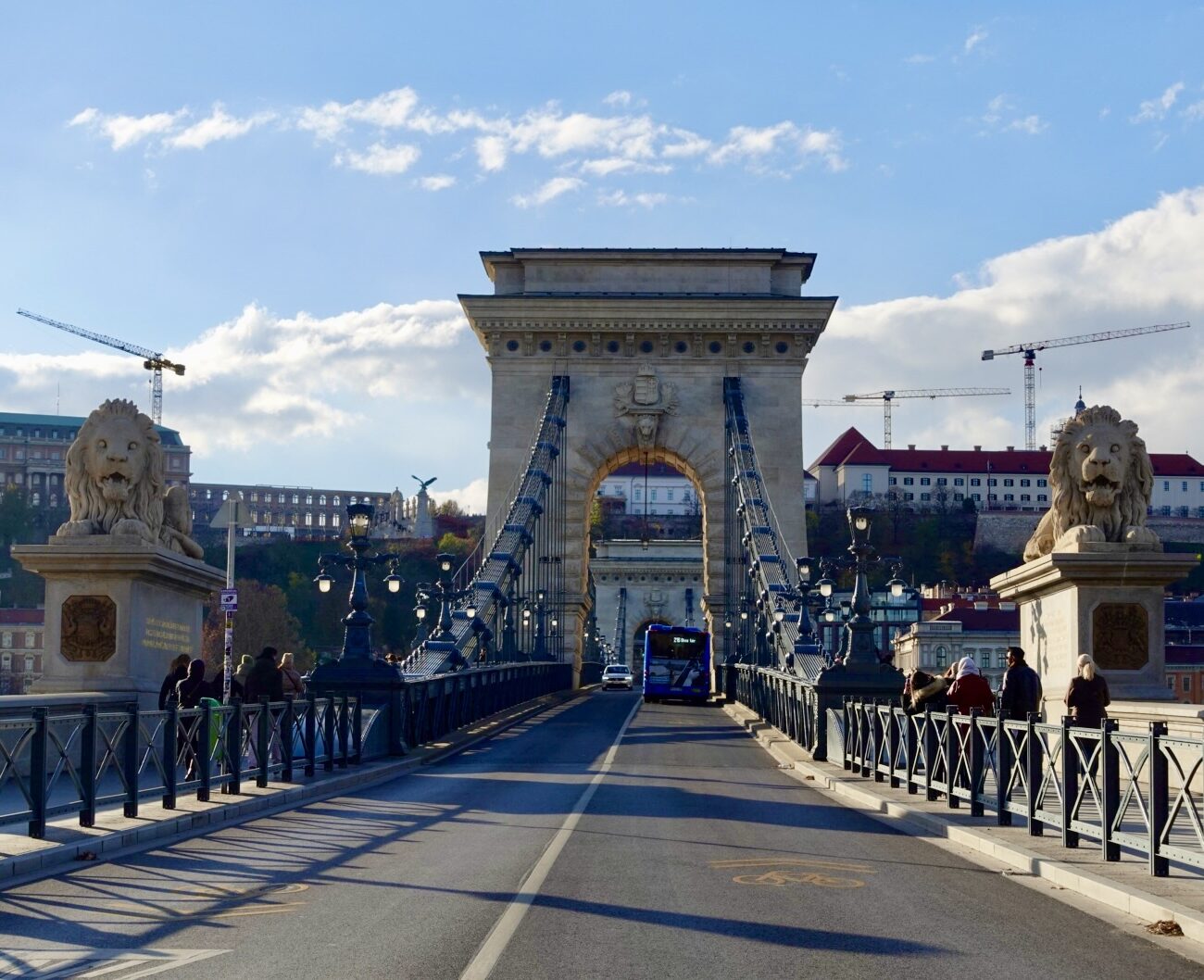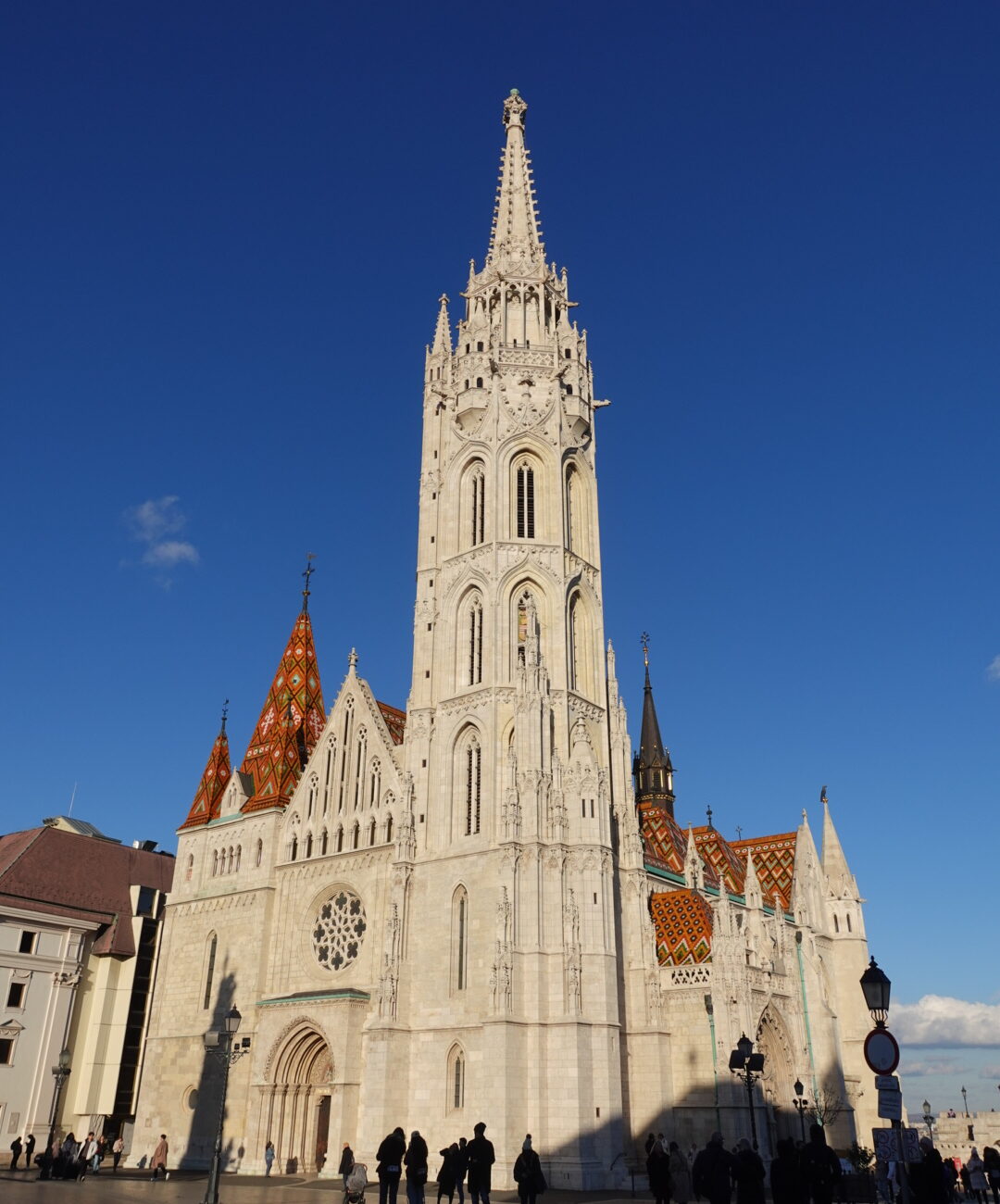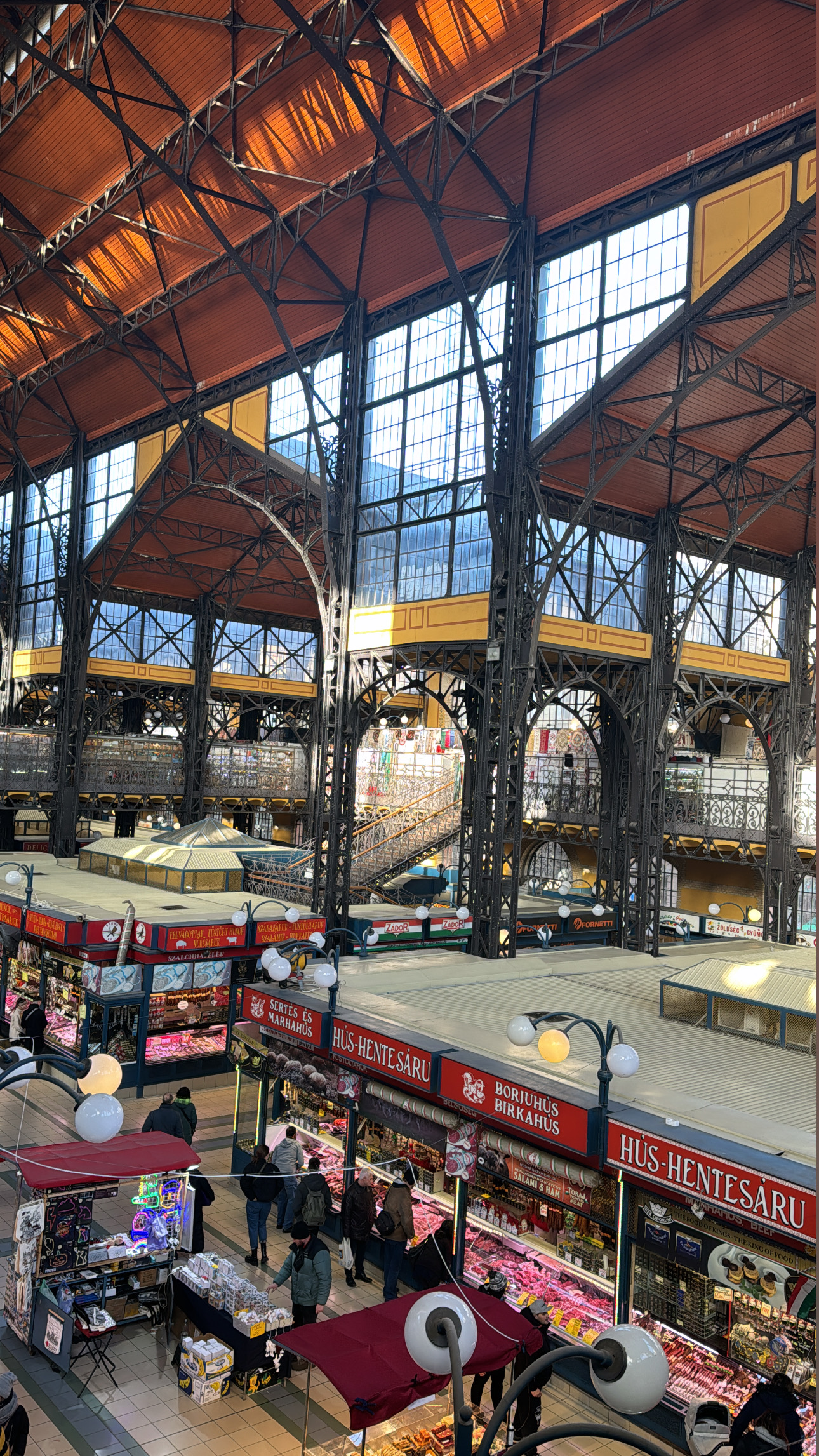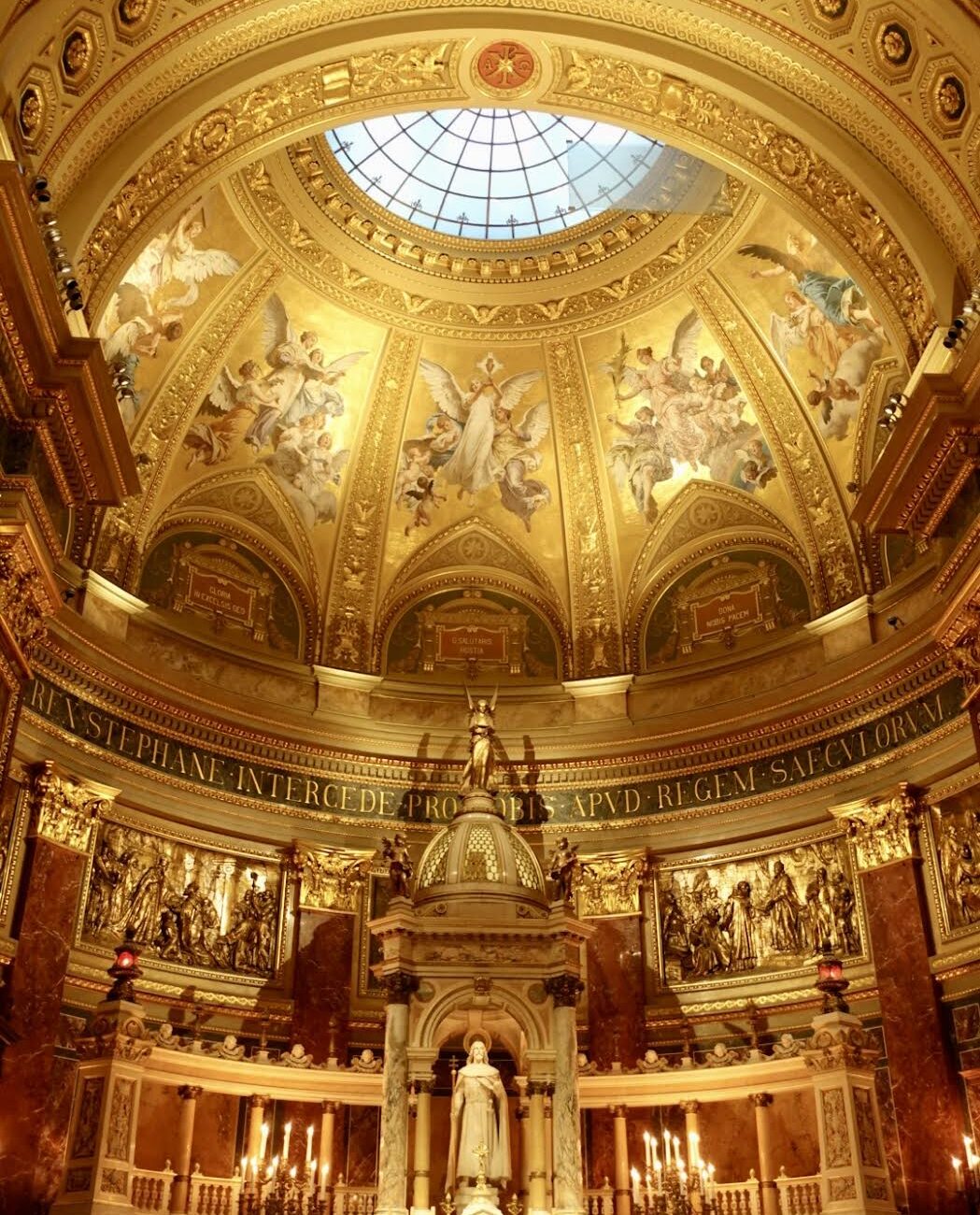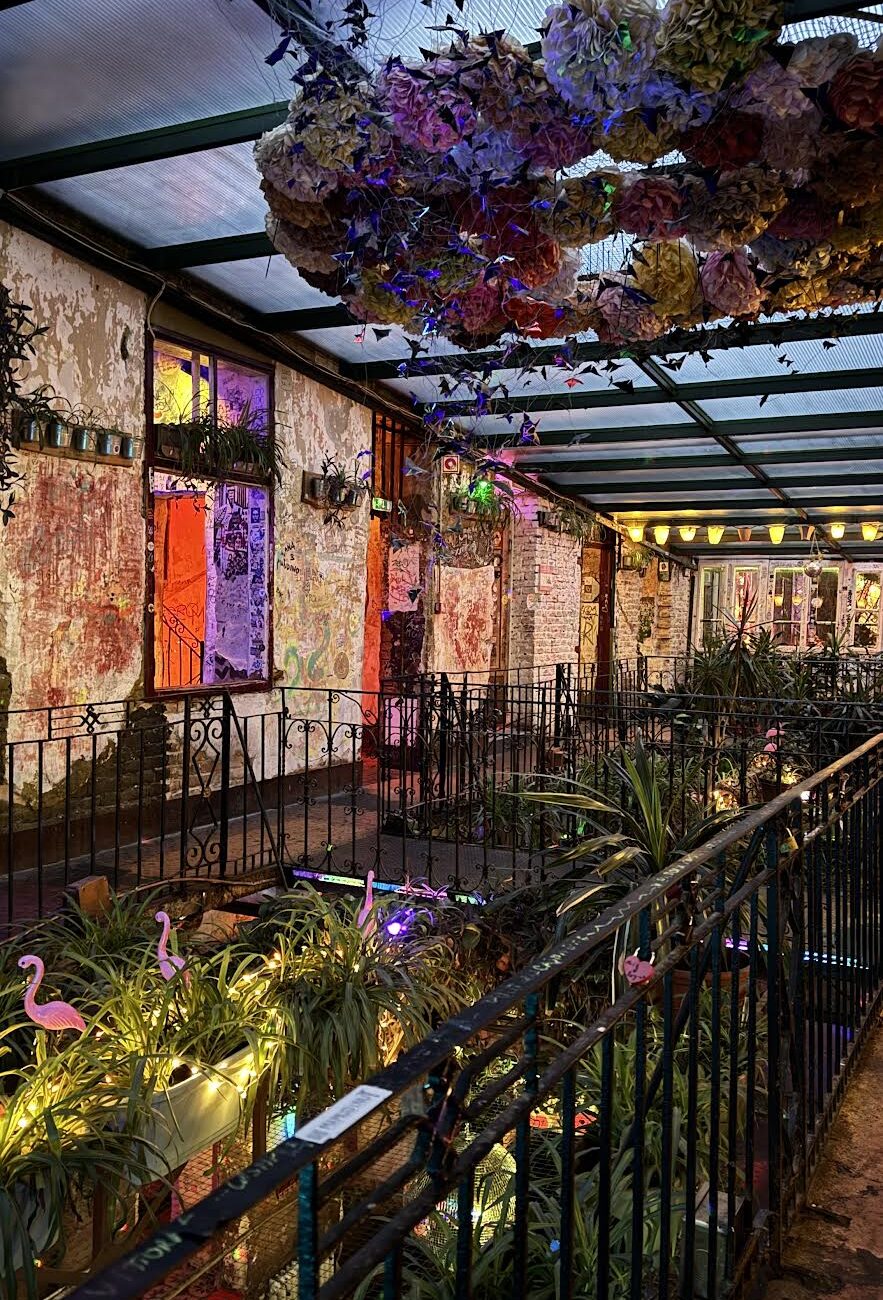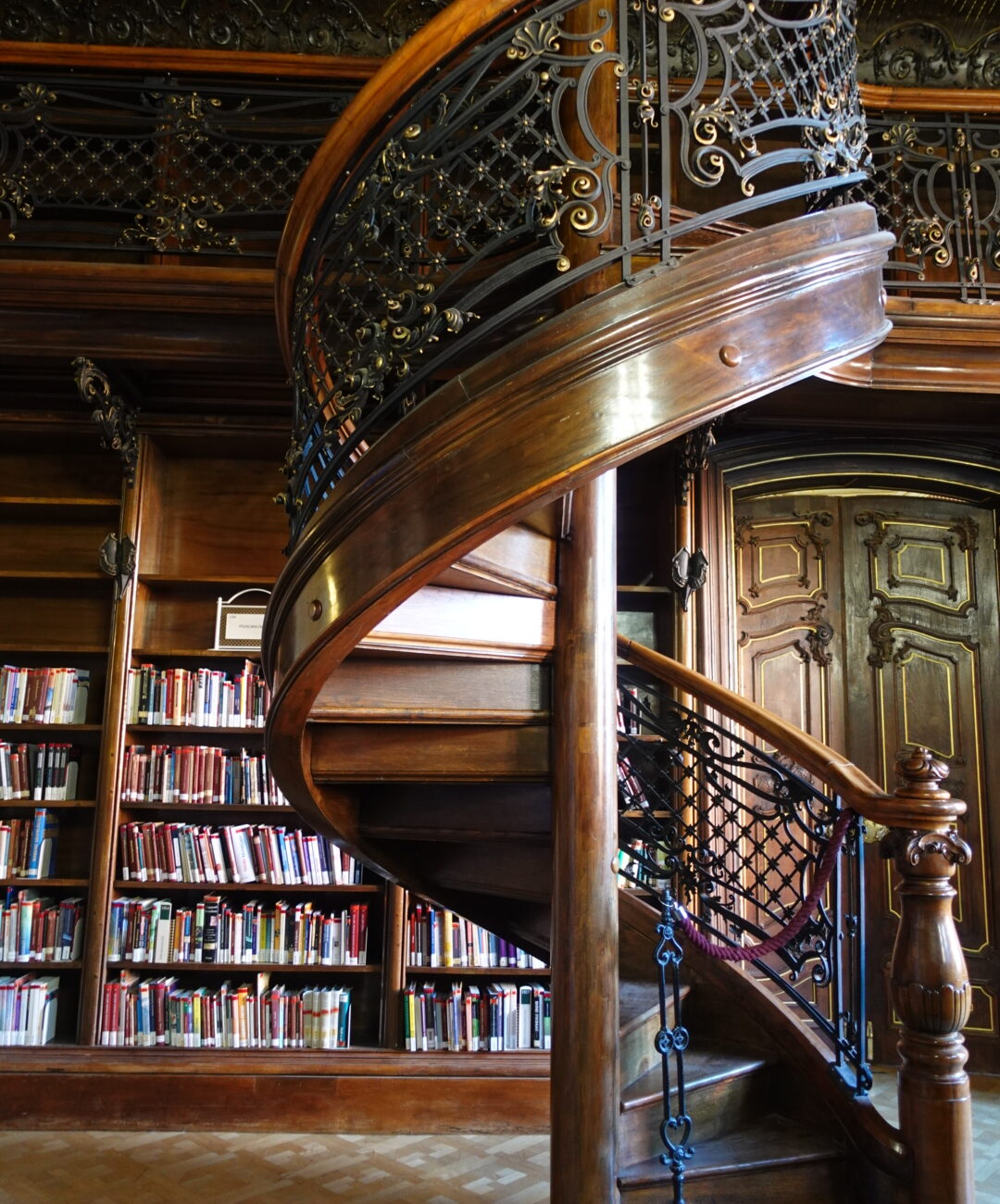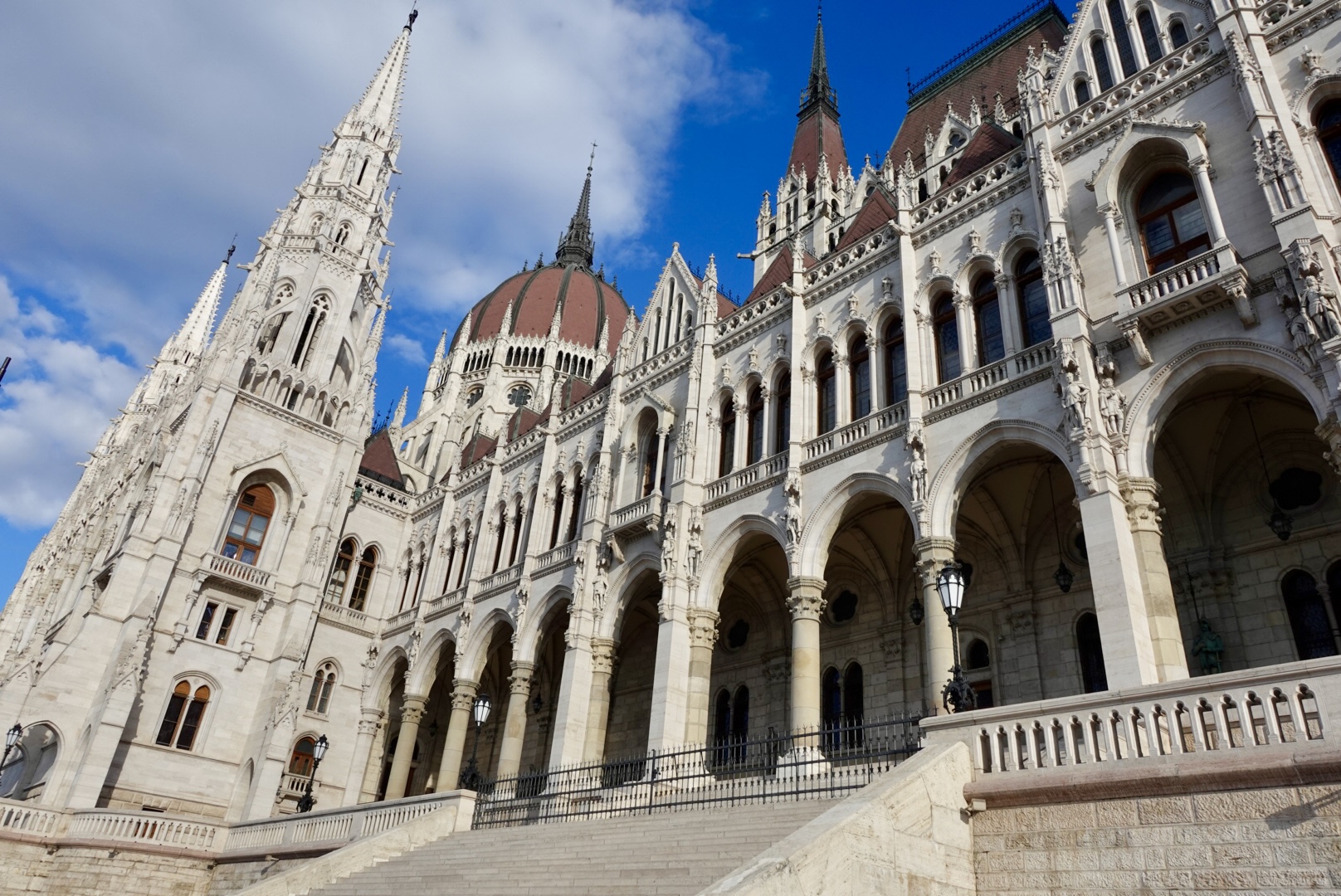

Hungarian Parliament Building
The Hungarian Parliament Building, which is located along the banks of the Danube River, is one of Hungary’s most iconic landmarks. It is an architectural masterpiece, showcasing Neo-Gothic design with elements of Renaissance Revival. It was completed in 1904, and is the largest building in Hungary. It houses the National Assembly. The grand dome symbolises the nation’s millennium. The building is renowned for its intricate facade, stunning interiors, and the Holy Crown of Hungary.
A 45-minute tour of the Parliament building is available, either with an audio guide or a professional tour guide. The tours are very popular, so be sure to book well in advance.
Tickets can be purchased here: https://jegymester.hu/event-host/900/parlament.
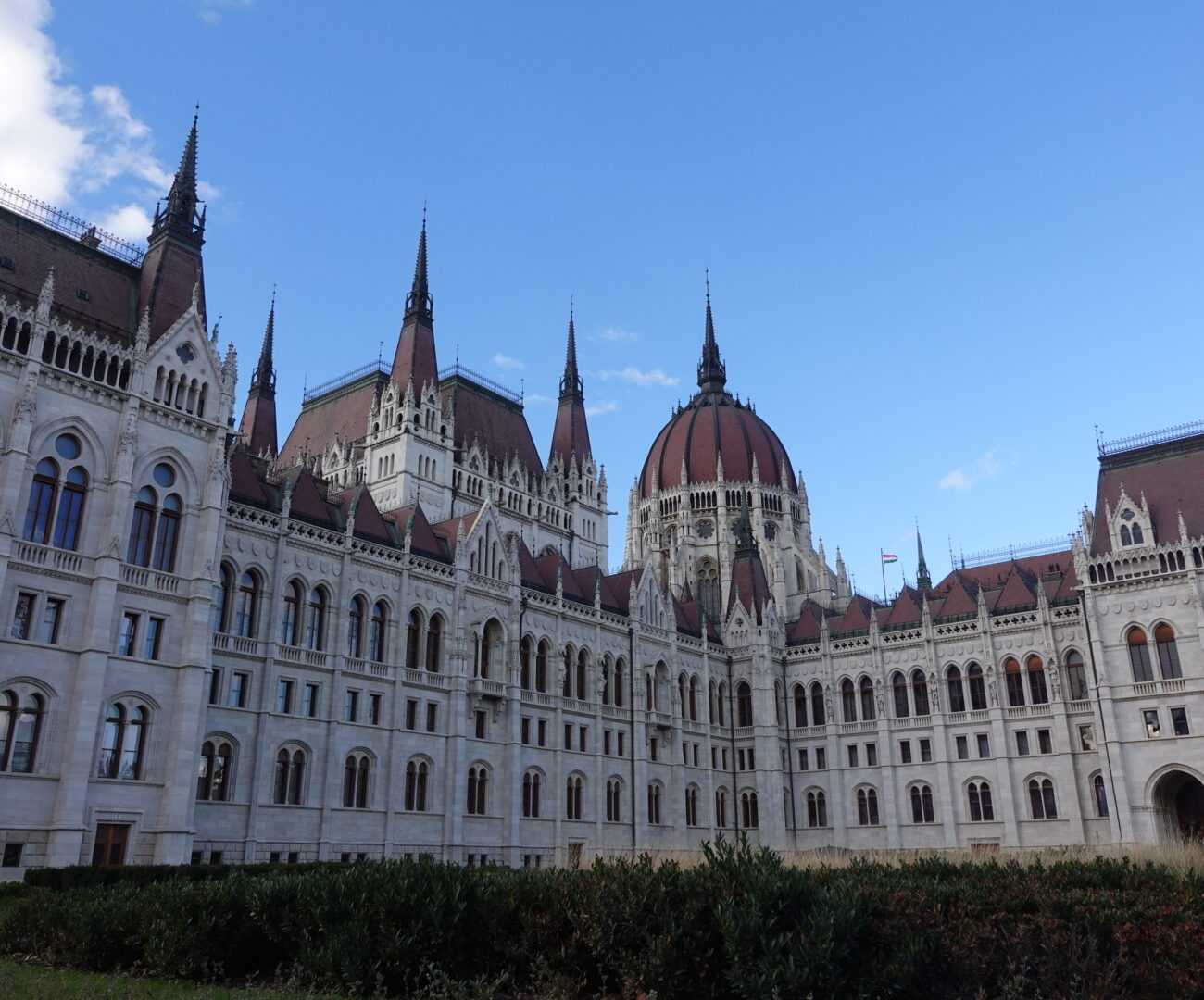
Széchenyi Chain Bridge
The Széchenyi Chain Bridge, which was completed in 1849, is a historic suspension bridge connecting Buda and Pest across the River Danube. It was the first permanent bridge in the city, which symbolises unity and modernisation. The bridge has become one of Budapest’s most iconic landmarks. It is, also, a vital part of the city’s transportation network.
Buda Castle Funicular
The Buda Castle Funicular, which was opened in 1870, is a historic funicular railway connecting the Chain Bridge to Buda Castle. Designed by Ödön Széchenyi, it was the second funicular of its kind in Europe. Offering stunning views of the city, the funicular is a popular and scenic way to reach the castle district. It was restored after World War II retaining its charming vintage wooden carriages.
There are two funiculars, which run every 5-10 minutes from 8AM until 10PM. Tickets can be purchased at the ticket office at the entrance of the funicular. Return tickets for adults are 5,000 HUF (€12) and for children aged 3-14 yrs are 2,500 HUF (€6.50). Children under the age of 3 are free. One-way tickets are not available.
Castle Hill
Castle Hill, located in Budapest’s Buda district, is a historic area famous for its cobblestone streets, medieval architecture, and stunning panoramic views of the city.
It is home to iconic landmarks such as Buda Castle, Matthias Church, and Fisherman’s Bastion. Castle Hill showcases a blend of medieval, Baroque, and Gothic architecture. It is an UNESCO World Heritage site, and a must-visit for its beautiful streets, historic sites, and vibrant atmosphere.
Fisherman’s Bastion
Fisherman’s Bastion, which is located on Castle Hill, is a Neo-Romanesque terrace offering panoramic views of the Danube River and the city. Built between 1895 and 1902, it features seven towers symbolising the seven Magyar tribes that founded Hungary. Named after the guild of fishermen who once defended this section of the city walls, the bastion’s fairytale-like design makes it one of Budapest’s most picturesque landmarks.
Entry to Fisherman’s Bastion is free. There is a fee of 1,200 HUF (€3) if you wish to access the upper towers and turrets. However, access here is free in the mornings before 9AM and in the evenings after 9PM (Jun 1-Sep 30), and after 7PM (Oct 1-May 31).
Matthias Church
Matthias Church is also located on Castle Hill and is a striking Gothic-style cathedral with a history spanning over 700 years. Officially named the Church of Our Lady, it is renowned for its colourful Zsolnay-tiled roof, ornate spires, and intricate interior frescoes. The church has played a central role in Hungary’s history, hosting royal coronations and other significant events. It was restored in the late 19th century by architect Frigyes Schulek and remains a spiritual and architectural gem.
Tickets can be purchased at the ticket office beside Fisherman’s Bastion. Tickets for Adults are 2,900 HUF (€7) without audio guide, or 4,500 HUF (€10.90) with audio guide.
Heroes Square
Heroes Square is a historic landmark in Budapest, which was built in 1896, to mark Hungary’s millennium. It features the Millennium Monument with statues of Hungarian leaders and the seven Magyar chieftains. It is located at the end of Andrássy Avenue near City Park.
Central Market Hall
The Central Market Hall is Budapest’s largest and oldest indoor market. It is a bustling hub of local culture and commerce. Opened in 1897, the market features a striking Neo-Gothic design with a vibrant tiled roof where a variety of vendors selling fresh produce, including meats, spices, and traditional Hungarian foods.
The market is open every day except Sunday.
St. Stephen’s Basilica
Located in the heart of Budapest stands St. Stephen’s Basilica, a grand Neo-Classical church named after Saint Stephen, Hungary’s first king. Completed in 1905, its towering dome reaches 96 metres high and symbolises Hungary’s millennium. The church is home to the mummified right hand of Saint Stephen. It has stunning architecture, beautiful mosaics, and panoramic views from the dome.
Tickets can be purchased at the ticket office. Tickets for adults to the church is 2,300 HUF (€5.50), to the panoramic terrace is 4,300 HUF (€10.40) or access to both the church and the terrace is 6,000 HUF (€14.50).
Gellért Thermal Baths
The Gellért Thermal Baths are famous for their Art Nouveau architecture and healing mineral-rich waters. They are located at the foot of the Gellért Hill. The Baths, which opened in 1918, feature ornate interiors with stained glass windows, marble columns, and decorative mosaics. Gellért Baths is considered one of the city’s most iconic spas. It offers a relaxing experience with thermal pools, saunas, and wellness treatments.
It comprises of eight pools in total – six thermal pools (ranging from 34c to 40c), one indoor pool and one outdoor pool (which is open during the summer months only). There are also five saunas and two steam rooms. Children under the age of 14 are not permitted in the saunas, steam rooms, plunge pools and the indoor thermal pools.
Tickets can be purchased at the ticket office. Adult tickets with locker usage are 11,000 HUF (€26.50) Monday to Thursday and 12,500 HUF (€30) Friday to Sunday.
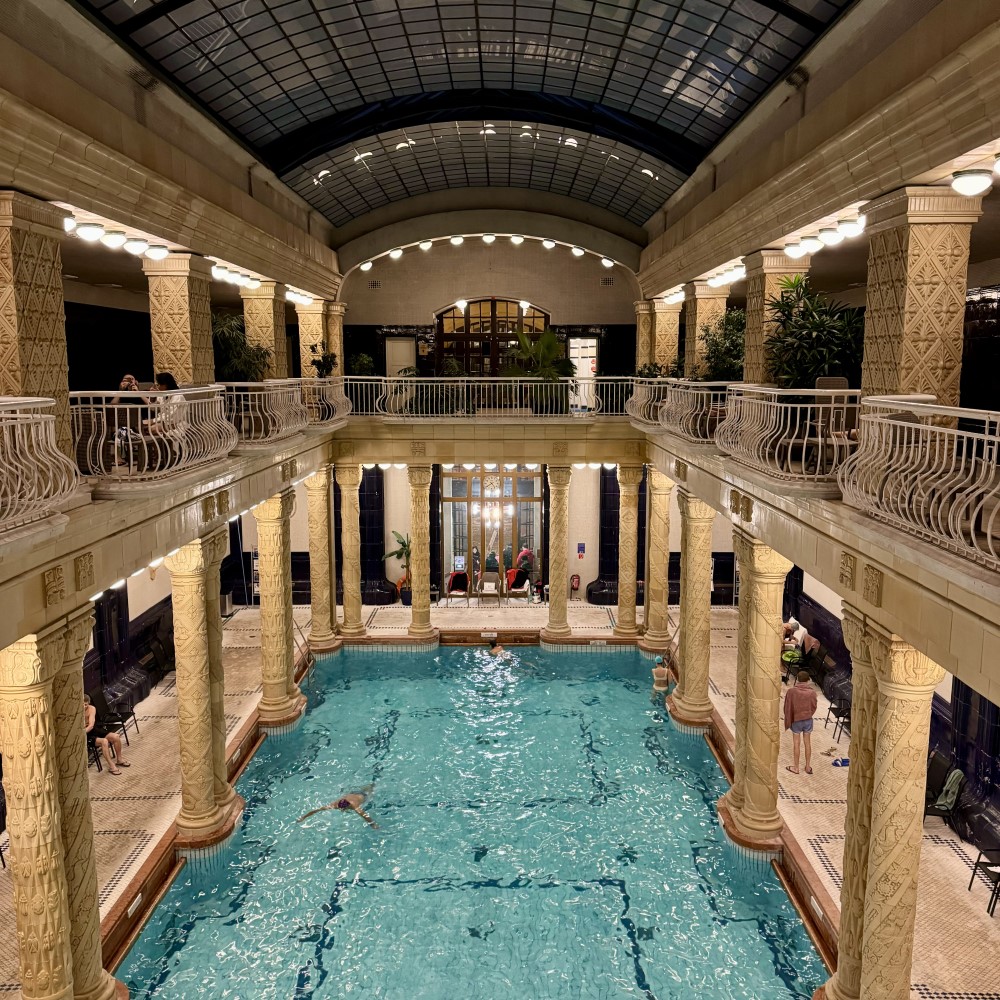
Ruin Bars
Ruin bars are a unique feature of Budapest’s nightlife. These are located in abandoned buildings and courtyards, often adorned with eclectic furniture and quirky décor. Szimpla Kert, opened in 2002, was the first ruin bar and remains one of the city’s most popular.
Metropolitan Ervin Szabó Library
The Metropolitan Ervin Szabó Library is a stunning example of neo-Baroque architecture and one of Budapest’s largest public libraries. Housed in a former palace, the library features elegant interiors with high ceilings, ornate woodwork, and intricate frescoes, offering a peaceful setting for both reading and study. In addition to its vast collection of books, the library hosts cultural events and exhibitions.
Access to the library is free of charge.
Váci Street
Váci Street, a pedestrianised street, is one of Budapest’s most famous shopping areas. It is known for its lively atmosphere and wide range of shops. Stretching from the Central Market Hall to Vörösmarty Square, it features a mix of international brands, local boutiques, cafés and restaurants.
Christmas Markets
Budapest’s Christmas markets offer a magical festive atmosphere. The most popular markets are located at Vörösmarty Square and St. Stephen’s Basilica. These feature beautifully decorated stalls selling handmade crafts, traditional Hungarian foods like chimney cakes and goulash, and warm mulled wine.
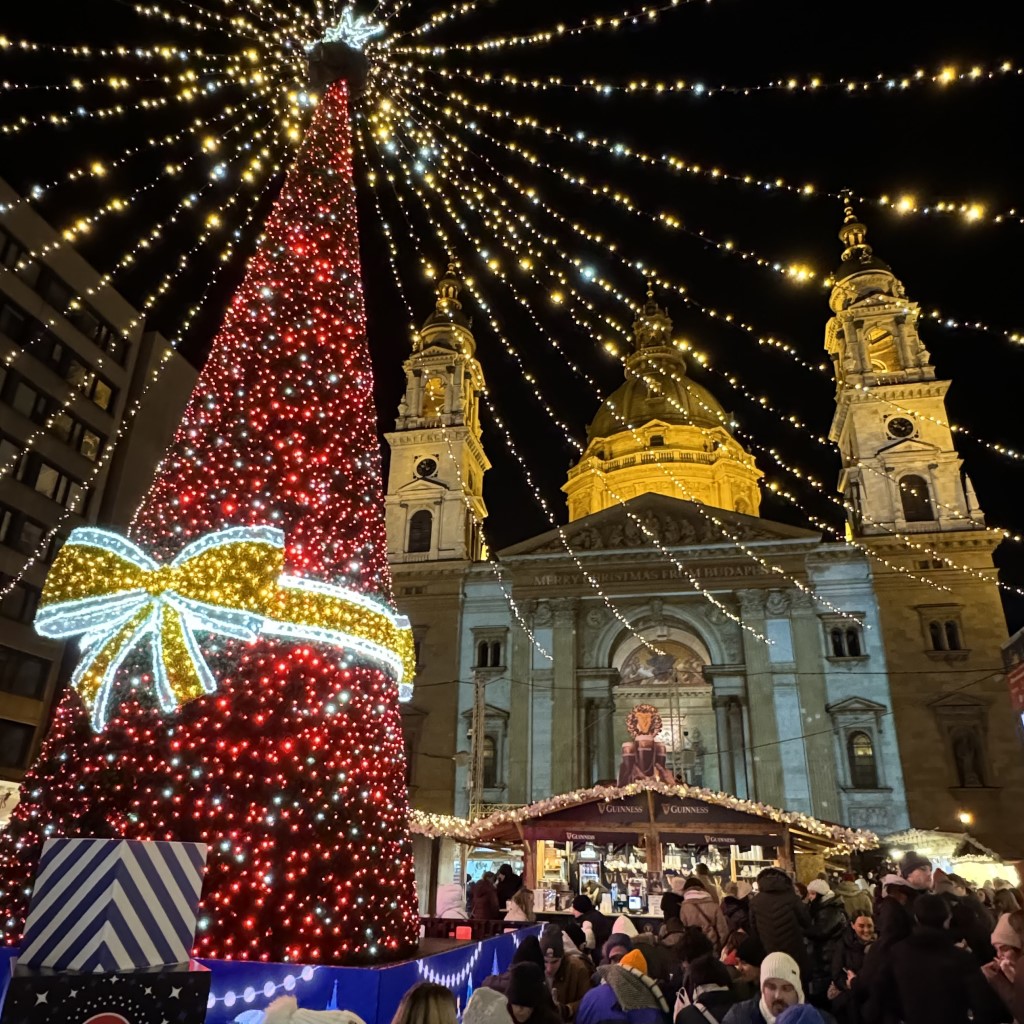
Our top tips if visiting Budapest:
❖ Getting there: Aer Lingus and Ryanair both operate flights to Budapest (BUD) from Dublin.
❖ Best time to visit: Spring (April-May) and Autumn (September-October) offer pleasant weather and fewer crowds, or December for the Christmas Markets.
❖ Language: Hungarian is the official language, but English is widely spoken and understood.
❖ Currency: The local currency is the Hungarian Forint (HUF). Many places accept cards, but cash is helpful for smaller vendors.
Whereas Hungary is part of the EU, it is not a member of the Euro Currency.
❖ Transportation: Budapest is very easily accessible; we walked most places. It has an efficient public transport system with a metro, buses and trams. ‘Budapest Go’ App is useful for navigating public transport. Taxis are readily available – download the ‘Bolt’ App to order taxis. Never hail a taxi with a ‘freelancer’ sign on the side of the car as these will overcharge.
The city is a 30-minute drive from Budapest Airport (BUD), with a taxi fare of approx. 10,000 HUF (€25). Alternatively, take the 100E bus from the airport to the city.
❖ Dining: Read our full guide here.
❖ Safety: Budapest is generally considered a safe city for tourists.
